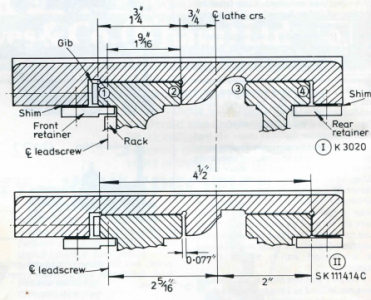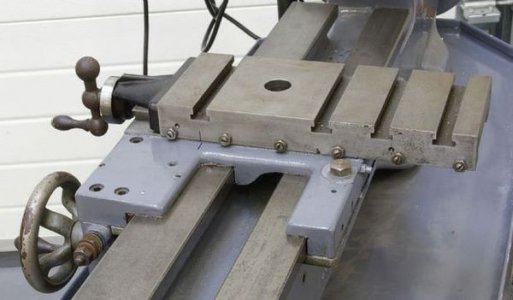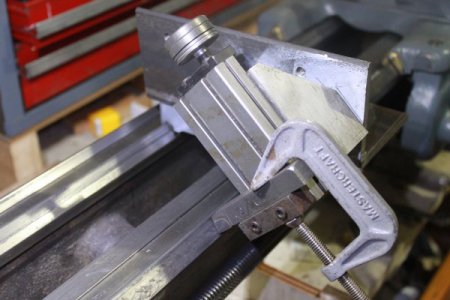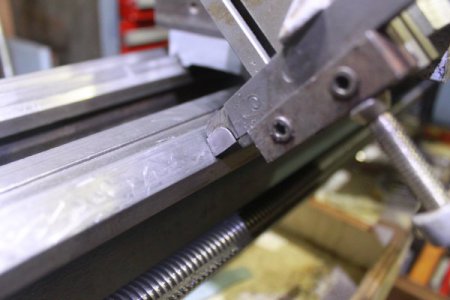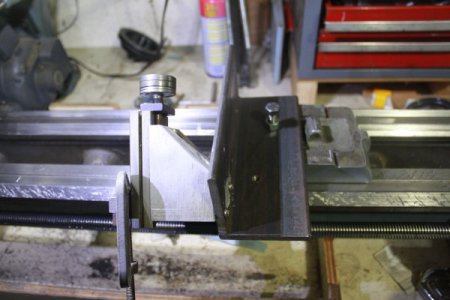Actually,it is the REAR vertical surface of the bed that guides the carriage along. And it is that surface which becomes worn the most over time. In fact,there is no reason why the front edge would get worn since the carriage is pushed AWAY from it under cutting pressure. A machinist modified his Myford lathe so that the carriage also used the inside of the FRONT flat way. He finally convinced Myford of the superiority of his plan,and they adopted it. It should not really have taken much convincing,as anyone with common sense would have seen the advantage at once. More likely,the modification added cost to the making of the lathe. But,fortunately,it made use of the existing parts with just an extra bit of machining and an extra gib.
As to the Atlas lathe bed: I'd remove AS LITTLE metal as possible since the bed is already TOO THIN. Scraping ONLY,no machining should be done. Grinding should only remove just enough to do the job. Getting a machine shop to remove only just enough is the neat trick here! If it were mine,I'd not trust them,and would scrape. But,that takes equipment you might not have,of course: a precision straight edge,and the scraping tools.
Lastly,you'd be SURPRISED at how little material taken off the bed will cause the half nuts to rattle along the leadscrew! You'll have to shim it lower on both ends.


